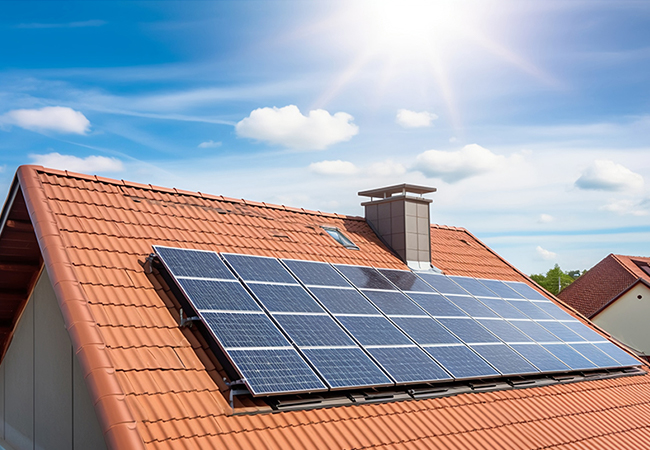Many people wonder how rows of solar panels connect to generate electricity and which configuration produces more power. Understanding the difference between series and parallel connections is key to optimizing solar system performance.
In series connections, solar panels are linked so that voltage increases while current remains constant. This configuration is popular for residential systems because higher voltage with lower current reduces transmission losses—critical for efficient energy transfer to inverters, which require specific voltage ranges to operate optimally.


Most solar installations use a hybrid approach: panels first connect in series to reach required voltage levels, then multiple series strings connect in parallel to boost overall current and power output. This balances efficiency and reliability.
Beyond panel connections, system performance depends on battery storage components. The choice of battery cells and quality of Battery Management Systems significantly impact energy retention and system longevity, making BMS technology a critical consideration for solar energy systems.
Post time: Sep-16-2025





